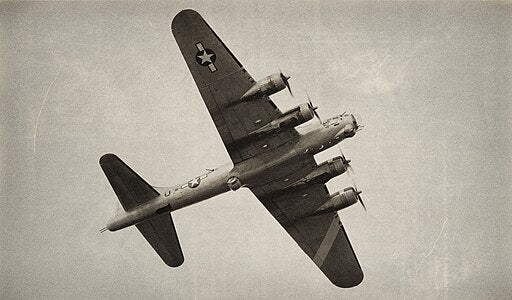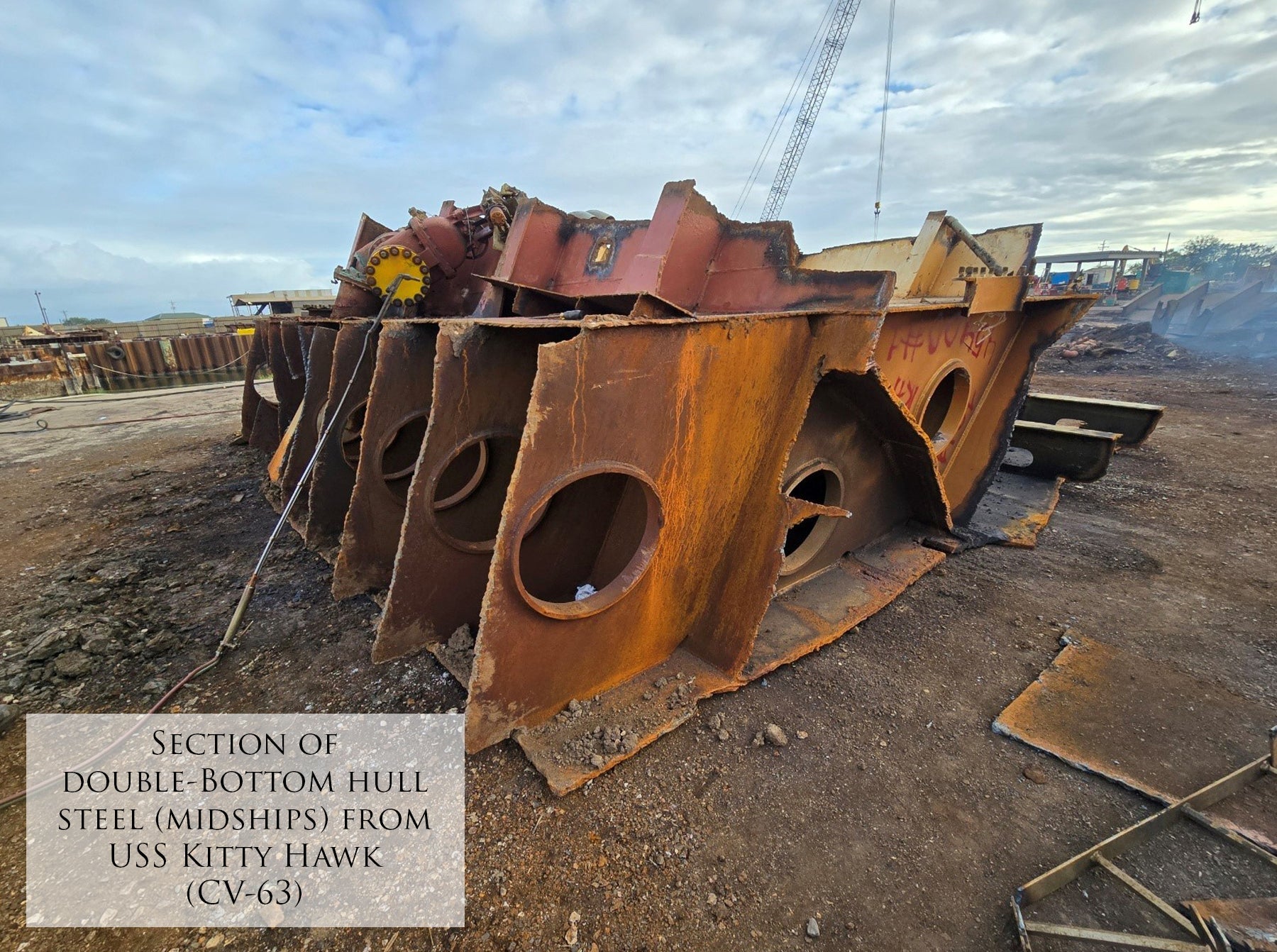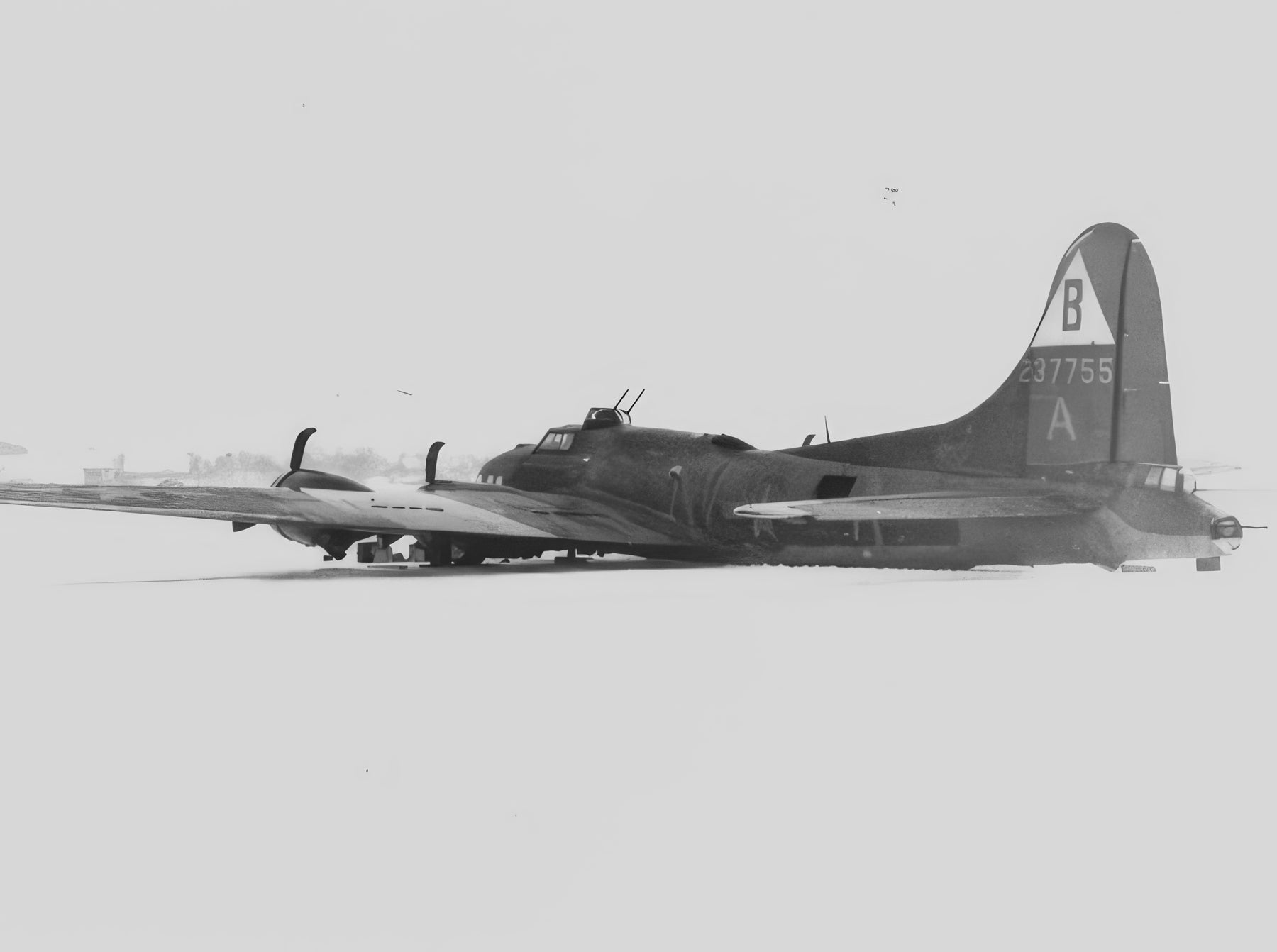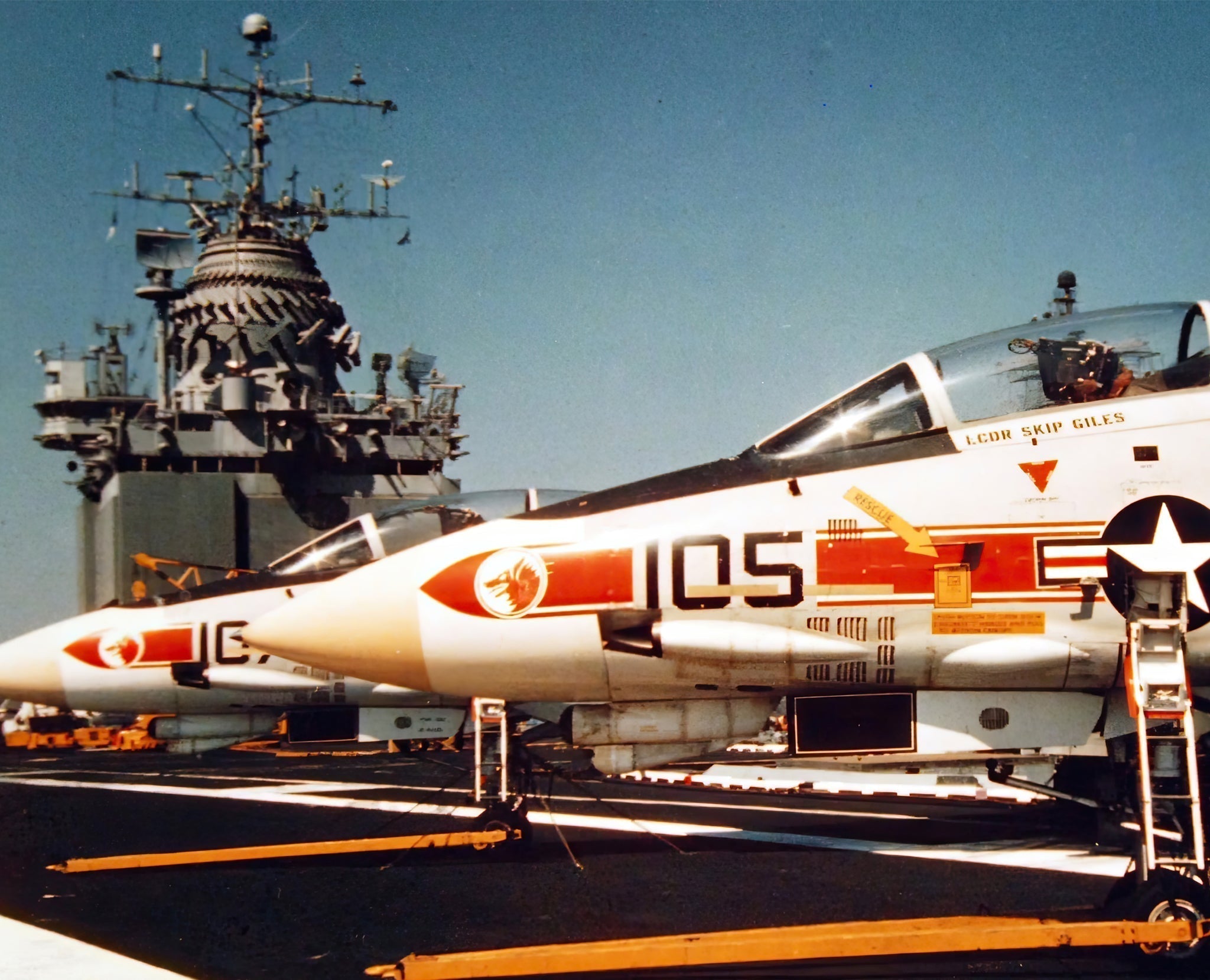When we think of World War II, some of the most iconic images that come to mind are those of the B-17 and B-24 bombers. These aircraft, produced by Boeing and Consolidated Aircraft, respectively, were workhorses of the Allied forces and played an instrumental role in achieving victory. However, a question often asked by aviation enthusiasts and historians alike is: which plane was better – the B-17 or the B-24?
Design and Construction
The B-17, often called the “Flying Fortress,” was a high-flying, long-range bomber renowned for its durability. Its design primarily focused on defensive capabilities, with armament stations throughout the aircraft. This made it a formidable force against enemy fighters.
The B-24, on the other hand, was known as the “Liberator.” Thanks to its efficient Davis wing design and greater fuel capacity, it had a more extended range and could carry a heavier payload than the B-17. However, it was generally considered more challenging to fly and less robust in terms of withstanding damage.
Performance in Combat
Both the B-17 and B-24 had impressive combat records. The gained a reputation for being able to absorb extensive damage and still return home. Despite suffering severe damage, stories of B-17s limping back to their bases are well-documented. This was mainly due to its rugged construction and the redundancy of its systems.
The B-24, while less ‘legendary’ in the popular imagination, was nonetheless an extremely effective bomber. Its longer range and greater payload meant it could strike at targets the B-17 couldn’t reach or hit harder than the B-17 could. It was particularly effective in the Pacific theater, where its range was a significant advantage over vast expanses of the ocean.
Production and Service
In terms of sheer numbers, the B-24 takes the cake. Over 18,000 B-24s were produced during the war, compared to around 12,000 B-17s. This was partly due to the B-24’s simpler construction, making it easier to mass-produce.
However, when it comes to service life, the B-17 shines. Many B-17s continued to serve long after the end of WWII, in both military and civilian roles, from air-sea rescue to firefighting. The B-24, while also seeing post-war service, was less widely utilized.
The debate over whether the B-17 or the B-24 was the superior aircraft is essentially a matter of perspective. If one values durability, defensive capabilities, and post-war service life, the B-17 comes out on top. However, if range, payload, and production numbers are the deciding factors, the B-24 holds the advantage.
Both aircraft were integral to the Allied war effort, and each excelled in different areas. They complemented each other on the battlefield, and their combined contributions helped shape the course of the war. In the final analysis, the B-17 and B-24 were both exceptional aircraft in their own right, and each has earned its place in the annals of history.
For more insights into the B-17, the B-24, and other important military aircraft, visit Aces In Action. Here, you’ll find a piece of artwork by Craig Tinder titled “Homeward Bound,” that illustrates the return trip of a B-17G Flying Fortress across the English Channel – escorted by a “Little Friend”, a watchful P-51D Mustang. The limited edition canvas print even includes a fragment from a B-17G Flying Fortress wing skin originated from B-17G N722C, known as “Texas Raiders” during a significant wing spar restoration in 2001 along with a specific P-51D-25-NA Mustang fragment came from a fuselage panel of aircraft.
Homeward Bound – B-17G & P-51D Aviation Art Print by Artist Craig Tinder
“Double Trouble Two”, a P-51D Mustang piloted by Lt. Col. William B. Bailey from the 352nd Fighter Squadron, 353rd Fighter Group, provides welcome company across the English Channel to “Shady Lady”, a B-17G Flying Fortress of the 398th Bomb Group.
To purchase or see similar items, visit here.
Commissioned by Museums, Treasured by Collectors





Share:
Unyielding Wings: The Resilient Journey of Douglas Bader
Could the Messerschmitt Me 262 have won the war? An Examination of World War II’s First Jet Fighter